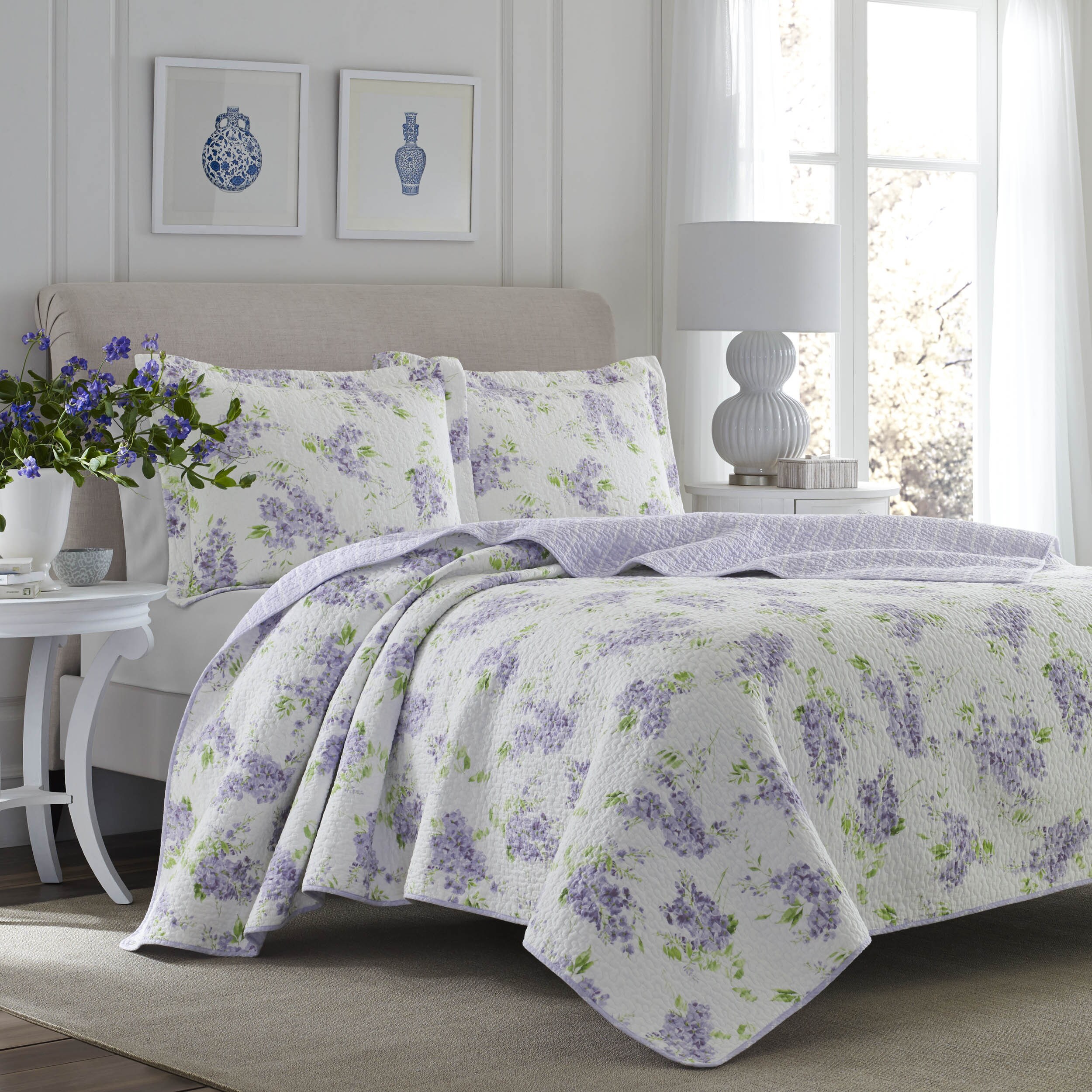Ask a writer about his or her pets and you’ll likely hear a story of long-term friendship and love.
We spend a lot of our time alone with our computers, so it’s likely that we, perhaps more than others, appreciate the benefits our pets bring into our lives.
They are the ones that sit close by while we type out our bestsellers, soothe our sadness when our work is rejected, and rejoice (or stare at us in puzzlement) when we squeal over our successes.
Just what kind of pet is best for a writer? Does the genre a writer specializes influence the appeal of one type of pet over another?
I explored the various health benefits provided by the different types of animals we may choose to share our lives with.
Fish: The Low Maintenance, Calming Option
There are few things as relaxing as watching a group of fish swim around in an aquarium. Just sitting and observing these little gilled and graceful beings is good for you, particularly if you’ve had a stressful day.
Researchers reported in 2015 that people who spent time watching aquariums and fish tanks experienced measurable reductions in heart rate and blood pressure. The more fish in the tank, the more they improved people’s moods. It was the variety they liked—watching the different shapes and colors as the fish moved around.
Fish are known to provide a calming, tranquil effect, and their aquarium can be a truly beautiful addition to your home or apartment.
Fish don’t require as much care as other types of animals, nor do they need the same amount of space. They don’t suffer from separation anxiety when you’re gone (at least as far as we know), they get by with minimal cleanup, and they are quiet—no worries about bothering the neighbors.
Cat: Good for Your Heart Health
Owning a cat is good for your heart, and that’s just the beginning. In a 2009 study, participants who had the royal pleasure of owning a cat had a lower risk of death from heart attack or stroke than those who didn’t—more specifically, a 30 percent lower risk of suffering from a heart attack.
In fact, cats are so good at helping protect your heart that they were named as “better than cholesterol meds” in a 2008 article in Psychology Today.
Researchers theorize that it’s the action of petting cats that helps reduce stress levels and protect the heart. Cats are notoriously lap animals, and we humans experience a number of health benefits from simply stroking their fur, experiencing their warmth, and listening to them purr.
The purr may be what gives cats their true healing superpower. A 2006 study by Fauna Communications found that the average cat’s purr has a frequency between 25 and 140 Hz, which covers the same frequency range as that used for therapeutic bone growth, fracture healing, pain relief, wound healing, tendon repair, and muscle and joint repair.
Indeed, the purr originally developed in the cat as an evolutionary way to heal their own bodies. The sound and vibration may do the same for us on a smaller scale.
A cat does require more time and energy than fish, obviously, and you’ve got to be able to handle the regular litter box cleanup. They are great for small homes and apartments, though, as they can be total inside animals. They’re usually less destructive than dogs when left at home, so if you travel now and then and don’t have a yard—and you don’t mind the occasional cat hair on your keyboard—this may be the best pet for you.
Guinea Pigs: Great for the “Cuddle” Factor and for Kids
Like all pets, guinea pigs provide us with companionship and stress relief, but they have a special quality that was discovered in a 2013 Australian study.
Researchers gave guinea pigs to one group of children with autism spectrum disorder as well as to another control group. They found that children with autism, when playing with the guinea pigs, showed significantly increased positive social behaviors. They also displayed less anxiety. The researchers concluded that the animals acted as “social buffers” for the children, while providing measurable effects on their anxiety and stress levels.
These cuddly little guys are similar to cats in that they chirp and purr, their sounds potentially soothing and healing, and they also provide the “petting” benefit, as they love to be held and loved. And unlike some rodents, guinea pigs are not nocturnal, so they won’t wake you up with their rustling at night.
They’re also a fairly economical option when considering pet ownership, they work well in small homes, and they’re actually considered to be “clean” animals, preferring their houses to be fresh and tidy.
Guinea pigs are quiet and friendly, but they do need your attention. So, if you do have to be gone for long hours at work, you may want to consider getting two, so they can keep each other company.
Horse: The Best Option to Get You Outdoors and Feeling Confident
The number of health benefits associated with owning a horse are so numerous it would take a whole other post to list them all. Horses not only help relieve stress, they get you outside and get you active, providing a really enjoyable mode of exercise.
You work all your muscles while riding, and then there’s the grooming, mucking out the stalls, throwing hay, hauling water, and more that builds up muscle strength and aerobic capacity. Studies have shown that these activities can be qualified as “high-intensity.” One of the really unique benefits of horse ownership is that when you ride, you stimulate and ease digestion. The horse’s gait is so similar to a human’s that your internal organs react as they would when you take a walk, which means a quick ride after dinner is a great idea.
In a 2012 study, researchers reported that horseback riding was particularly beneficial for women riders, encouraging physical activity and stimulating self-confidence. Women, in particular, also seemed to enjoy the psychological interaction with the horse, and experienced benefits in mental and emotional well-being from being around them.
According to a 2017 study, horseback riding improved memory, learning, and problem solving. Apparently, the vibrations produced by the horse’s movements activated the sympathetic nervous system, which resulted in improved performance on cognitive tests.
Bird: The Pet That Talks Back and Lives Long.
My parents owned and were breeders of pet parakeet for many years. I remember banding the newly hatched birds and placing them back inside of the ‘bird house’ inside the Avery when I was very young.
Birds are intelligent creatures. The National Audubon Society says that birds have problem-solving abilities and cognitive capabilities that demonstrate high intelligence. You can teach most to do tricks, and some to talk. That requires interaction, which helps relieve stress and stimulate your brain. Give them some toys and they’re also really entertaining to watch.
Birds may not be as naturally loving as some of their furry counterparts, but with regular interaction they can become very affectionate. Some even accompany their owners on regular daily errands, so if you want some company when getting more paper or ink, look into pets of the beaked variety.
Birds are also longer-lived than most other pets, which can save you the frequent grief that comes with losing critters like guinea pigs, cats, dogs, and fish, which usually don’t live nearly as long. They’re fairly economical to keep.
Birds usually work well for those living in apartments and condos, though they can be noisy if they don’t get enough attention. Birds can also be messy. Most experts recommend you let the bird out of its cage for several hours a day, and that can mean cleaning up after it wherever it happens to go.
Since birds tend to peck and flick their food and bedding materials about. You’re likely to find little pieces of it on the floor, in the corners.
If, however, you work full-time at home and you like the idea of a long-lived, intelligent pet that’s amusing to watch (I have found birds love to entertain people), a bird may be the way to go.
Dog: The King of Companion Animals
Okay, I saved the king of pets for last. Indeed, the dog has the most scientific research behind it as far as what it can do for humans, and the benefit list is long. They do most everything all the other pets listed here do, and more.
Yes, they relieve stress, promote exercise and activity, and provide the “petting” and loving factor. They’re smart and can learn all sorts of tricks from you, stimulating your brain and theirs at the same time.
Dogs are regularly used as therapy animals, as they can help people heal faster from surgery and illness, while lowering stress levels in caregivers. Studies have shown that dogs, like cats, help reduce heart disease, and that dog owners are way more likely than those without dogs to stick with their 30 minutes of daily exercise. Because of a dog’s demand for that regular walk, it can help you lose weight and work out your plot problem.
Scientists have found that social ties are important to our long-term health and wellbeing. Dogs help here, too. Dog owners make new friends more easily, because people are more likely to talk to someone when they have a dog with them.
Many writers are prone to depression, which makes a dog the perfect companion. A 2004 study reported that the hormonal changes that occur when humans interact with dogs help people cope with depression. Just a few minutes with a dog releases feel-good hormones in humans, including serotonin, prolactin, and oxytocin. It also reduces the stress hormone cortisol.
Dogs may even improve your relationship with your partner or spouse, as shown in a 1998 study. Researchers reported that couples who owned dogs (or cats) responded better to stress, had closer relationships, and were more satisfied with their marriages than couples who did not own these pets.
There are some drawbacks to owning a dog. If you have to be gone for any length of time at all, you’ll need to find a pet sitter or kennel. They tend to need more attention than most pets, require at least a basic level of obedience training, and can be destructive when you’re gone.
There are few animals that provide as much interaction, stress relief, and understanding as a dog, though, as any writer who owns one will tell you.
Any Pet Will Benefit a Writer
It’s fun looking at the pros and cons of different types of pets—and obviously I can’t cover them all—but the bottom line is that any pet is better than none. There’s something about caring for another living thing that brings out the best in us.
Even the Centers for Disease Control and Prevention (CDC) states that pets decrease blood pressure, triglyceride levels, and cholesterol levels; reduce feelings of loneliness, encourage physical activity, and provide opportunities for social interaction. It’s fun to debate which critter is best, but at the end of the day, what matters is having something around that you care about, and that needs you.
What is your favorite kind of pet?
Are your friends surprised by the type of pet you hold dear? Or are the two of you 'the perfect pair'?
Any guesses as to what type of pet(s) for favorite BWL author(s) has (past or present).
If your are a frequent the BWL author blog you probably have a good idea.
Guesses are welcomed in the comments section :-).
Happy Reading and Happy Holidays!
Connie
Please visit these sites to purchase my current releases:
(watch for my upcoming releases).
Amazon
Multiple vendors
 It is April, well, almost May, and we are all still sheltering at home. Like everyone else, I’m trying to establish some-sort-of-daily routine which is proving extremely difficult. The weather goes from fall-to-winter-to-spring, and repeats. However, as of yesterday, it slammed full-throttle into summer.
It is April, well, almost May, and we are all still sheltering at home. Like everyone else, I’m trying to establish some-sort-of-daily routine which is proving extremely difficult. The weather goes from fall-to-winter-to-spring, and repeats. However, as of yesterday, it slammed full-throttle into summer. 















































.png)
.jpg)


